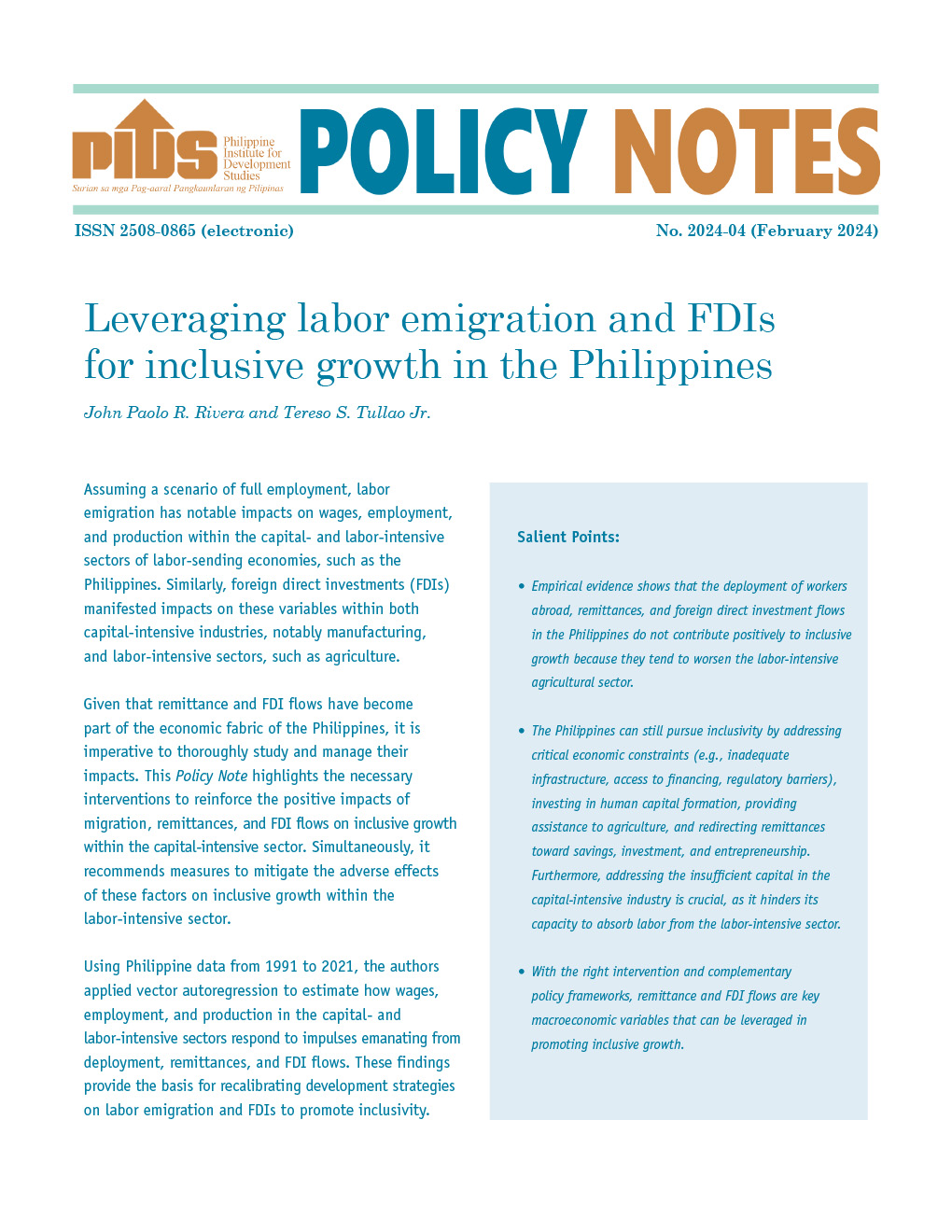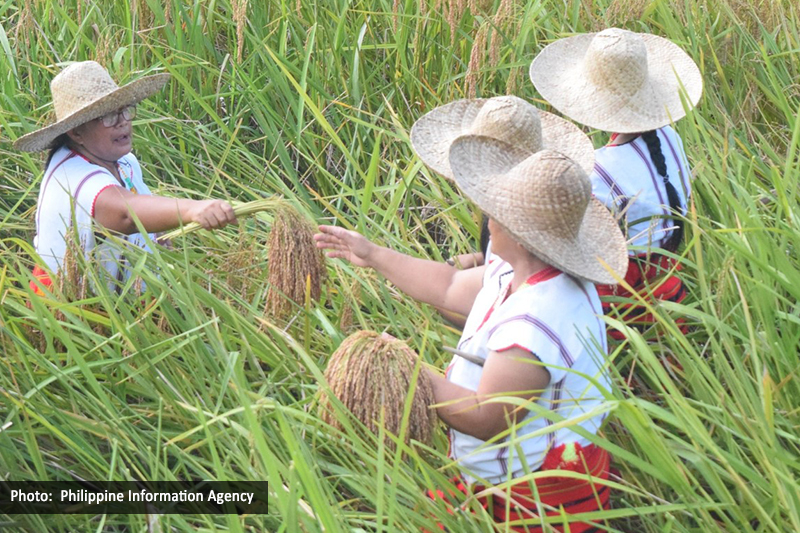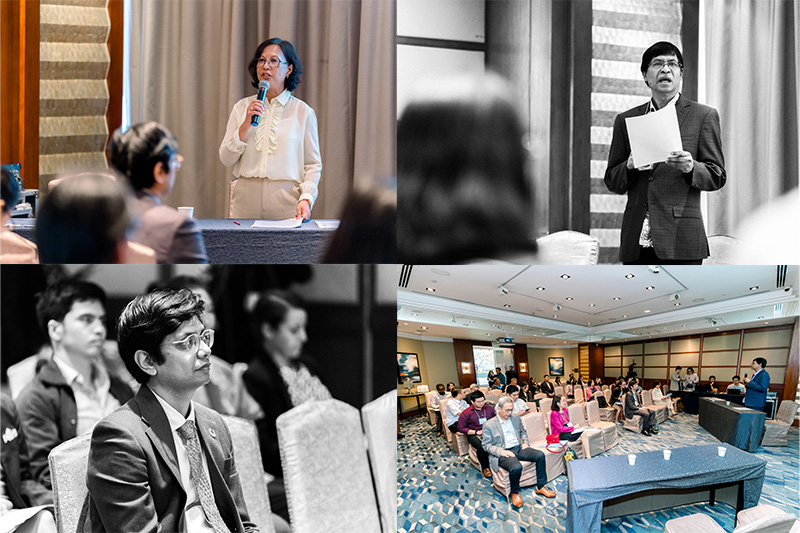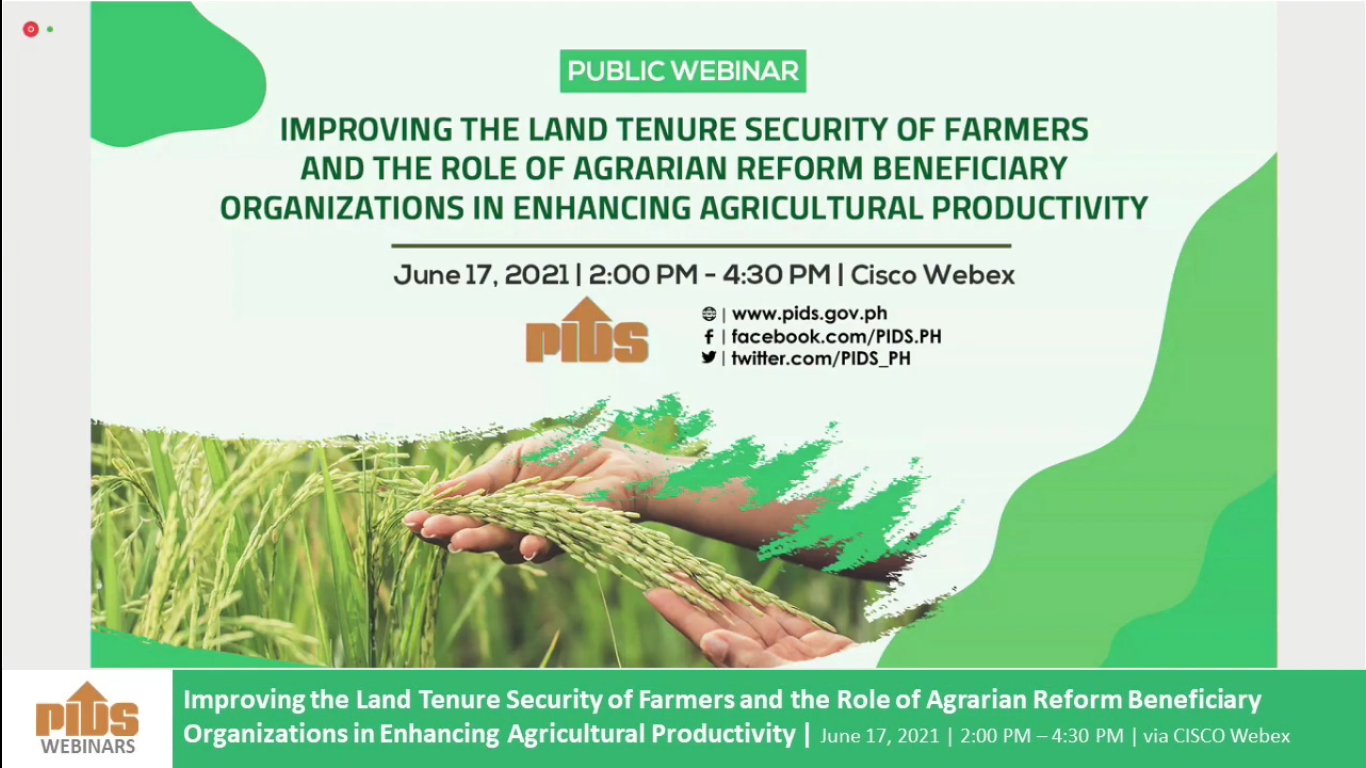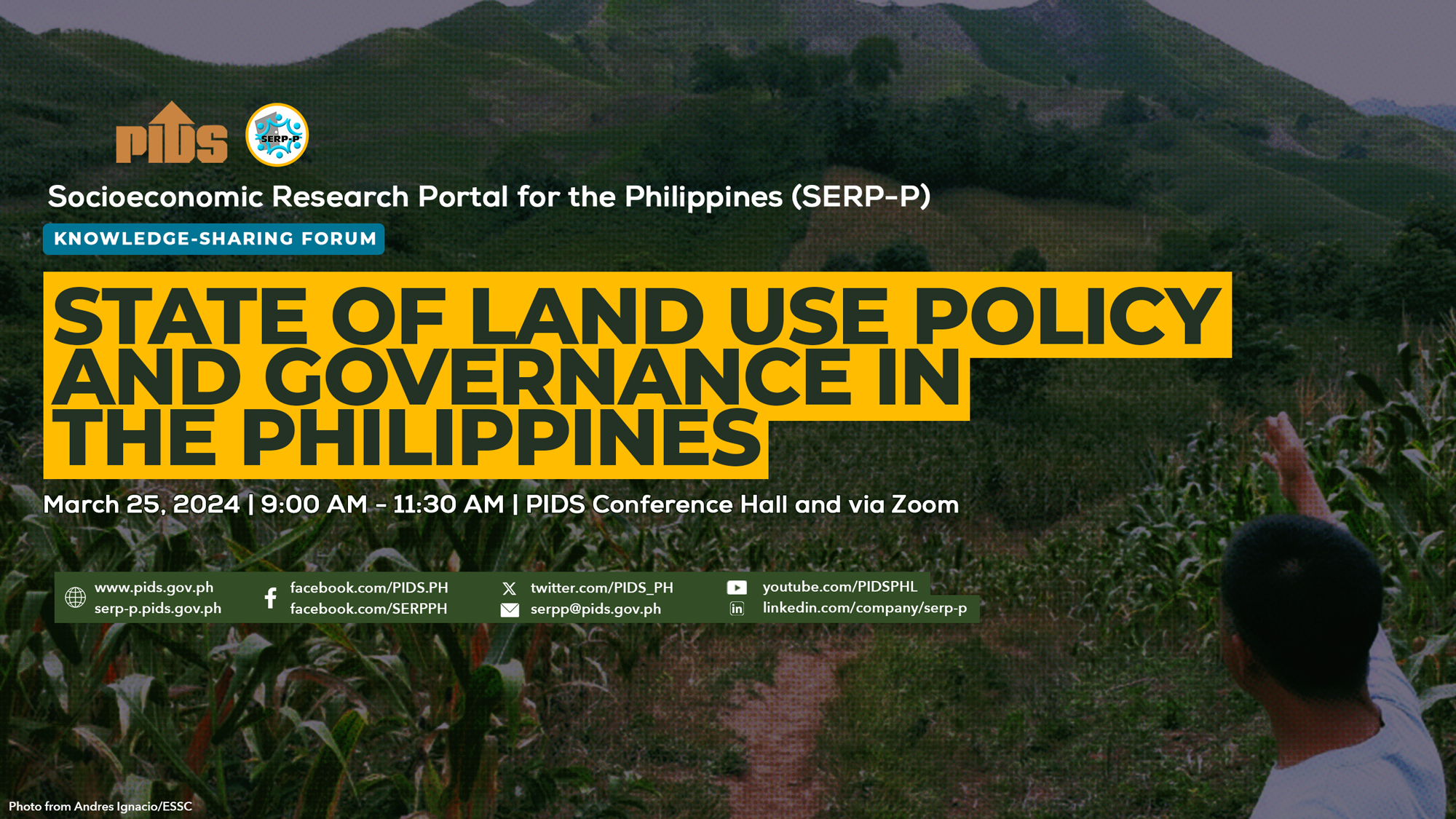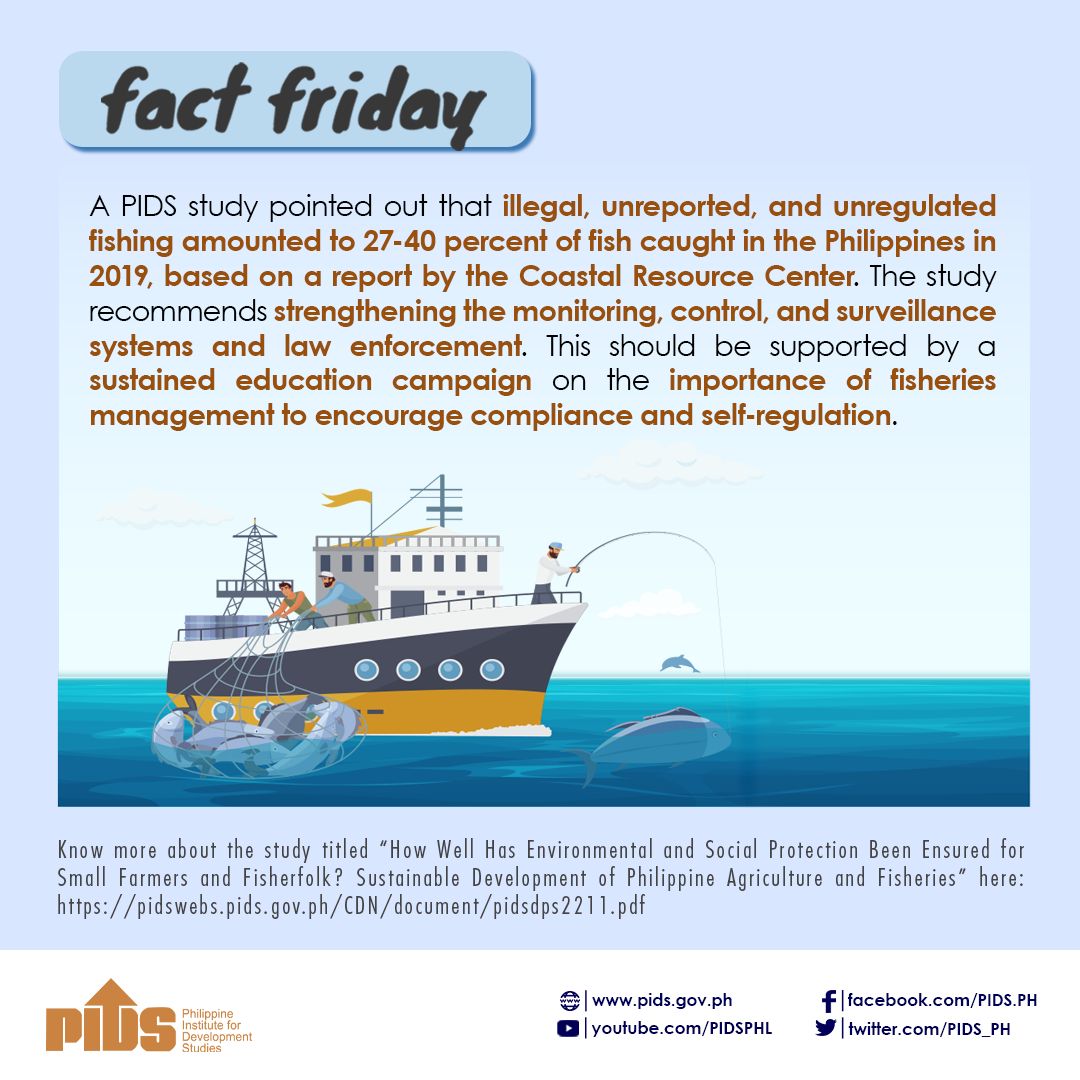National attention in recent weeks had been directed to the plight of rice farmers whose incomes have declined precipitously with the drop in the farm gate price of palay. We knew this was coming with the flood of inexpensive rice imports under the Rice Tariffication Act. But as usual we did not prepare our farmers for the eventuality.
Unfortunately, there is hardly any mention of coconut farmers who are similarly being beggared by the drop in the farm gate price of whole coconuts. From last year’s price of P5.00-P7.00 per nut, the current price is P3.00-P4.00 per nut, a drop of 30%-40%.
The price of coconut oil in the world vegetable oils market is not expected to improve anytime soon with the surge of supply of palm oil and soybean oil. Thus no immediate relief is forthcoming to our beleaguered coconut farmers.
In the meantime, they need assistance to tide them over in the immediate. And for the medium- and long-term, they need to raise primary productivity of the palms with hybrids and fertilizers; diversify/multiply sources of income through intercropping, and diversify products away from coconut oil and desiccated coconut to coconut water, coconut cream, coconut flour and other higher-value products.
With the budget of the Department of Agriculture (DA), including that of the National Irrigation Administration (NIA) and the Philippine Rice Research Institute (PhilRice), being monopolized by rice to begin with, the addition of the P10-billion Rice Competitive Enhancement Fund (RCEF) and the clamor of some legislators to further expand local palay procurement by the National food Authority (NFA), will leave precious little for coconut and other commodities.
Thus, the most logical and readily available sources of fund for coconut are the Coconut Levy funds (CLF), long tied-up in the National Treasury by legal controversy and lack of appropriate legislation. The long-awaited ultimate utilization of the CLF were provided for in the bill passed last year by the 17th Congress. However, this was fortuitously vetoed by President Duterte.
Fortuitous for two reasons: First, the Presidential Commission for Good Government (PCGG) in its recent report to Congress raised the worth of the CLF to P376 billion, almost four times the previous estimate of P100 billion. Thus, there are far more funds to program.
Second, this gives Congress an opportunity to revisit the proposed disposition of the CLF. Like the reviled RTA, the vetoed CLF bill provided for measures to raise farm productivity and industry modernization in the medium- and long-term but did not take into consideration the immediate plight of the farmers and their dependents.
The flaw in the RTA was its failure to provide immediate relief to the rice farmers. As predicted by Roehlano Briones and his colleagues at the Philippine Institute of Development Studies (PIDS), the rice farmers will suffer an immediate 29% diminution in income. The welfare impact of the provisions for free farm equipment, free inbred seeds, affordable credit and timely farmers’ training and extension will take easily a full year to be felt. But the rice farmers and their families need help NOW.
On the other hand, the proposal to expand procurement of domestic palay by NFA to bring relief to rice farmers is too little, too late. Even if the P7-billion palay procurement budget were trebled, NFA’s buying operation will reach less than 10% of the farmers.
Besides, since most of the palay are turned over to the traders and millers right after harvest by the heavily indebted farmers, the price subsidy accrues to the traders and millers, not to the intended beneficiaries.
Thus, the more cost effective and more equitable approach of providing subsidy is direct payments to the producers/beneficiaries rather than indirectly through price support with NFA.
Part use of the CLF for direct payments to coconut farmers
The original intent of the coconut levy was to provide a price stabilization fund to cushion poor Filipino consumers from the rise of the price of coconut oil in the world vegetable oil market.
Now the shoe is on the other foot. The coconut farmers (not the Filipino consumers) are hurting from the sharp drop of the price of coconut oil in the world market. Therefore, it is only fair and proper that part of the CLF be expeditiously returned to them in their hour of great need.
Congress therefore ought to learn from their omission in the RTA. In addition to instituting measures to raise coconut farm productivity and incomes, and industry modernization to enhance competitiveness, Congress should provide for the immediate needs of the coconut farmers and their families in the transition.
Sadly, the separate bills pending in the Senate authored by Senators Francis Pangilinan, Ralph Recto and Cynthia Villar ignore this very important and timely consideration.
However, Congress should be careful to “set a limit on the covered land area for entitlement to the benefits of the CLF lest the wealthy coconut farm owners benefit disproportionately more than the smallholders who desperately need the government’s affirmative assistance.” This absence of a limit was the second of President’s rationalization for his veto of the CLF bill.
Other Comments on the pending legislation on the CLF
First, the 99-year plan for the use of the CLF is well-meaning but unrealistic. A planning horizon spanning a century reads well on paper but would likely be irrelevant and out-of-date four generations hence. The net value of the fund will have been severely eroded by inflation by then.
The 25-year plan proposed by Senator Recto makes better sense.
Anyway, this perpetual fund provision which the Palace deemed violative of Article VI Section 29 (3) of the 1987 Constitution was precisely one of the reasons for President Duterte’s veto.
Second, having a new cabinet-level national committee/agency reporting directly to the President to preside over the disposition and management of the CLF is duplicative of the mandate of the Philippine Coconut Authority (PCA) and a potential source of continuing political conflict over turf.
The better option is a strengthened and reconstituted PCA board with majority farmers and private sector representation as proposed separately by Senators Recto and Villar.
However, since the third reason for President Duterte’s veto of the previous CLF bill was the expansive powers given to the PCA board which could be abused, Congress should seek clarity from the Palace exactly which of those powers should be tempered.
Finally, the three bills pending before the Senate share a common flawed provision i.e. a fixed specific breakdown of the allocations of the use of the CLF.
The vagaries of climate change; market dynamics; advances in science e.g. genome editing and synthetic biology; shifting notions on human nutrition and wellness and other hitherto unthought of global trends will impact of how best to position the coconut industry in the years to come. Thus, the best use of the CLF would vary over the long life of the Fund. Fixing the allocations permanently through legislation is therefore unwise.
An enumeration of the broad purposes of the CLF should be adequate. The actual planning and budgeting of the programs and activities in the approved Coconut Industry Road Map should be left to the better judgment of the PCA board.
Or, the fixed allocation of the CLF resources should be limited to the initial five years of implementation, subject to subsequent periodic review by the joint Congressional Oversight Committee on Agriculture and Fisheries Modernization (COCAFM).

